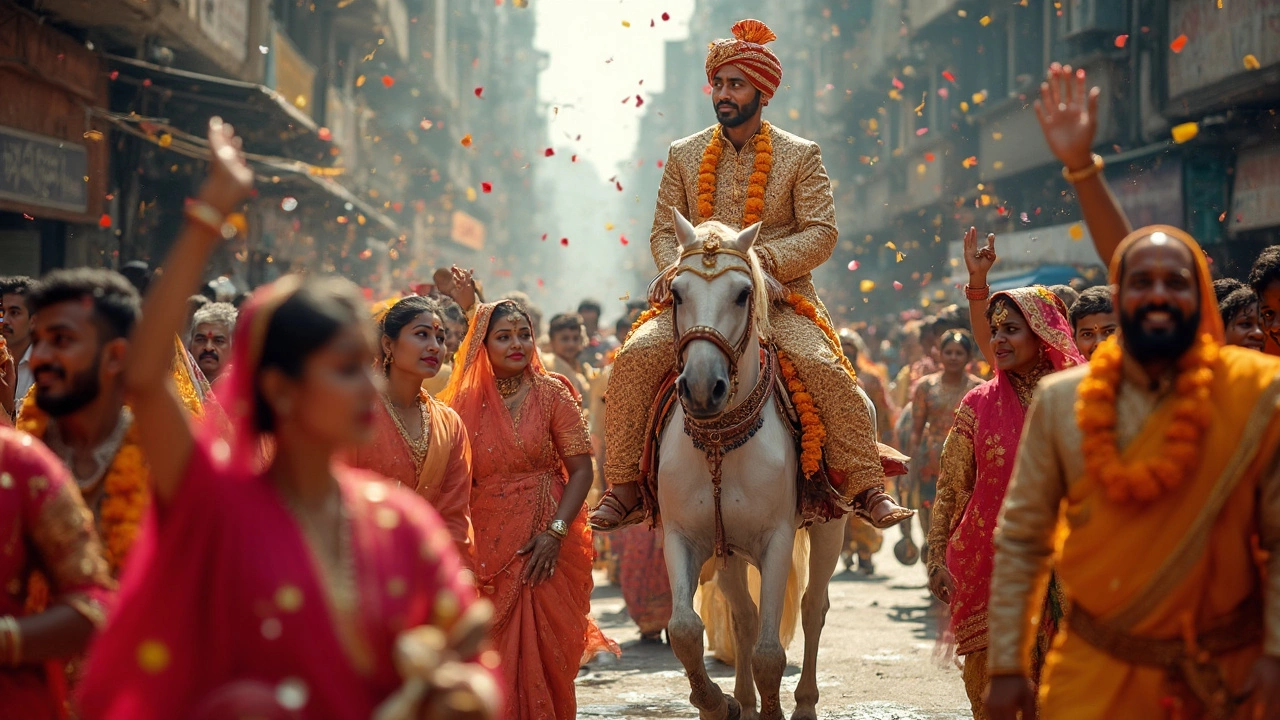Indian rituals: Traditions, meanings, and what really happens in daily worship
When people talk about Indian rituals, structured, often spiritual practices passed down through generations in India, rooted in religion, community, and daily life. Also known as religious customs, they shape how millions begin their day, mark life events, and celebrate the year. These aren’t just old habits—they’re active, breathing parts of life in homes, temples, and village squares. You’ll see them in the way a mother lights a diya before breakfast, how a family gathers to offer flowers to a deity, or how entire towns light up for a festival that lasts days.
Hindu rituals, a major branch of Indian rituals centered on dharma, devotion, and cosmic order, form the backbone of many practices you’ll find across the country. But Indian rituals don’t stop at Hinduism. They include Christian prayers in Kerala, Muslim namaz in Lucknow, Sikh langar in Punjab, and tribal ceremonies in Odisha. What ties them together isn’t religion alone—it’s the rhythm of repetition, the meaning behind action, and the way they connect people to something bigger than themselves.
Diwali, the festival of lights celebrated across India with oil lamps, sweets, and family gatherings, is one of the most visible. But in Tamil Nadu, it blends with Karthigai Deepam, a fire-based ritual where homes are lit with clay lamps on the full moon night of Kartik. Meanwhile, Navaratri, a nine-night celebration honoring the divine feminine, often with dance and fasting, stretches into 15 days in some regions, with daily rituals that change by the hour. These aren’t just holidays—they’re calendars of devotion.
What you won’t find in guidebooks are the quiet rituals: the grandmother whispering mantras while grinding spices, the farmer tying a thread around his plow before sowing, the child touching their elder’s feet before school. These are the real Indian rituals—the ones that don’t make headlines but hold families together. They’re not about perfection. They’re about presence.
Below, you’ll find real stories from people who live these rituals—not just observe them. You’ll learn why blue gods are painted that way, how nonsense singing fits into temple chants, why some communities avoid certain foods during festivals, and how Diwali is celebrated differently in Tamil homes versus northern ones. These aren’t abstract ideas. They’re lived truths. And they’re all connected by one thing: the simple, powerful act of doing something, again and again, because it matters.
